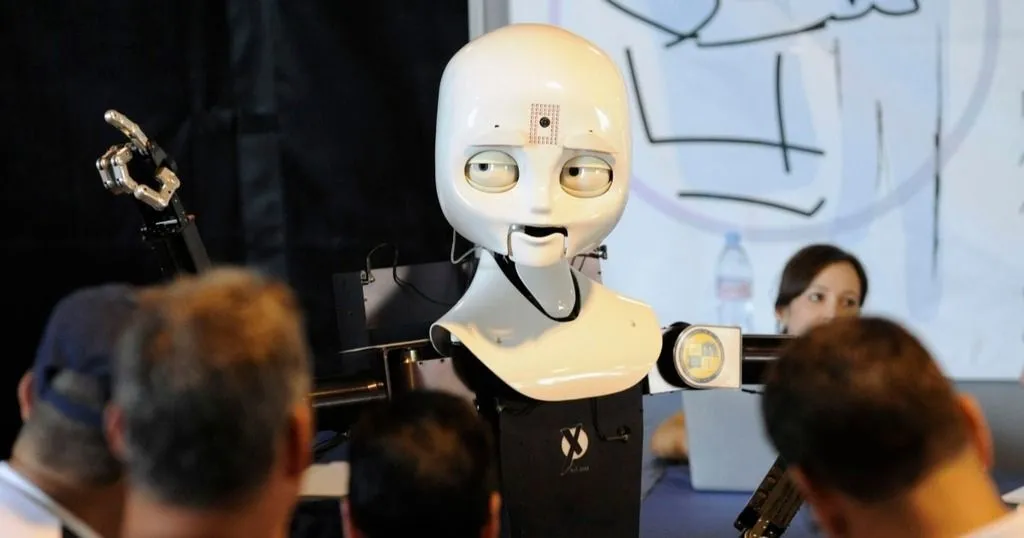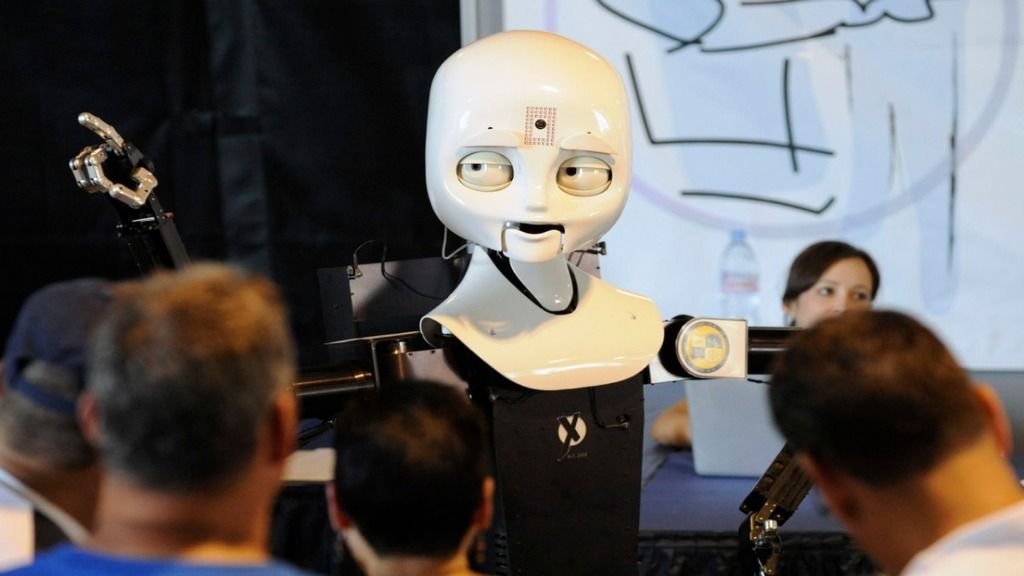Human-robot interaction: Can you trust a robot?

How do you know if someone with whom you do business is telling the truth? When buying something from a stranger, we are trying to determine if he or she can be trusted, either consciously or unconsciously.
Posted by
Published on
Mon 18 Mar. 2013
Topics
| Human-robot Interaction | Robotics | The Observer XT | Video Observation |
How do you know if someone with whom you do business is telling the truth? When buying something from a stranger, we are trying to determine if he or she can be trusted, either consciously or unconsciously. Non-verbal behavior can often give us cues about the trustworthiness of a person.
In a recent study by DeSteno et al. two experiments were performed to identify non-verbal cues. In the first experiment, groups of two people interacted with one another other using a predefined script. The interactions were recorded on video and The Observer XT was used to code and analyze behaviors that indicate whether or not someone is telling the truth.
The results revealed that it is very difficult to detect trustworthiness using single cues. However, sets of cues in a specific order can determine a level of trustworthiness.
In the second experiment the state-of-the-art robot Nexi from MIT was programmed to mimic specific human behaviors. A group of test participants interacted with the robot while it gave non-verbal cues that are considered indicative of untrustworthiness, and a control group had the same interaction without these cues.
It was found that the group who interacted with NEXI while it gave non-verbal cues (commonly indicative of untrustworthy behaviors) perceived the robot to be less trustworthy when compared with the control group.
This video shows an initial test of the MDS (Mobile Dexterous Social) Robot designed and built in collaboration with the MIT Media Lab's Personal Robots Group, UMASS Amherst's Laboratory for Perceptual Robotics, Xitome Design, and Meka Robotics.
In short, this study confirms that humans do in fact judge people on non-verbal behavior and that these behaviors can be identified and quantified. The study also concludes that humans respond the same way to non-verbal cues, regardless of whether the source is a human or robot.
So can you trust a robot? If robot sales people are the future, humans are just as likely to be fooled by their trustworthy behavior as by the robot’s human counterparts.
References
DeSteno, D.; Breazeal, C.; Frank, R.; Pizarro, D.; Baumann, J.; Dickens, L.; Lee. J. (2012). Detecting the trustworthiness of novel partners in economic exchange. Psychological Science, DOI: 10.1177/0956797612448793. http://www.socialemotions.org/page5/files/Trust%20Paper_PsycSci_Final.pdf
Featured photo by U.S. Navy photo by John F. Williams [Public domain], via Wikimedia Commons
Related Posts

Human Factors and Ergonomics research in the spotlight

Behind the scenes at MARIN: research into human decision making


